Ten years after Hurricane Katrina, there are now 100,000 fewer blacks living in the city of New Orleans. Some will say this is due to a tragic hurricane and blacks were evacuated because of the flood, and others say there was a conspiracy to eliminate the ninth ward. More African Americans owned their own homes in the ninth ward than any other community in the city, and now it has disappeared.
Many of these homes were fifty and sixty years old and many of the residents could go back 100 years to families that have lived in that community. To many, this was an eye-sore and a blighted area in the city, but this was home to over 14,000 families and most of them Black. There were the typical problems of gangs, mom and pop businesses, drugs, violence, Black on Black crime, and marginalized education, but there was still history and everyone had a story.
Ten years ago, eighty percent of the city was destroyed by water, and there are two versions of the success of the rebuilding of New Orleans. Eighty percent of whites are satisfied with the rebuilding of their community, and the process is almost complete. On the other hand, sixty percent of blacks believe the rebuilding process was a failure, and not much has changed in the ninth ward ten years post hurricane Katrina.
African Americans living in New Orleans since the storm argue that it is no accident that the poor and blacks have missed the recovery. There is now a white mayor, Mitch Landrieu, the first in 32 years, and the city is attracting a young, educated, entrepreneurial class. There are new schools, two new medical centers, and now considered one of the fastest growing cities in America. With the help of billions of dollars in federal aid, and the levee system repaired, the city has rebounded and it has come roaring back.
But in the ninth ward, the community looks like a third world country where a bomb has exploded in the neighborhood. Less than forty percent of the residents have returned, and even lesser have been able to rebuild their homes. Since there’s no real reason to go to that neighborhood, there is no reason to spend money and resources there.
To most blacks in New Orleans, it appears there is a war on blacks and the poor. Gentrification in New Orleans means that rents are rising, homes sales have increased, and there is a shortage of affordable housing. Blacks and the poor are being pushed out of the city, and there is a racial divide.
White residents are ecstatic about the recovery, businesses are growing with Mardi Gras, Bourbon Street, and the French Quarter is back as if nothing happened ten years ago. But in the Ninth Ward, nothing has changed in ten years, and the people living there are suffering. There are no supermarkets and businesses there, and the poor and seniors must take public transportation to shop for necessities.
On Thursday August 27th, President Obama returned back to New Orleans, and he told the truth about the recovery. Underneath the visible recovery lie persistent racial and economic inequalities that haven’t receded since the storm as the president traveled and spoke in the ninth ward.
“Our work here won’t be done when almost 40% of children still live in poverty in this city. That’s not a finished job. That’s not a full recovery. There’s still too many people who haven’t been able to come back home,” said the president.
President Obama can talk until he is blue in his face, but the community must come together to demand a change. If the mayor can find money to rebuild the white community, he can find money to rebuild the black community. Nothing will change until the black residents take a stand and demand change.
Roger Caldwell, a community activist, author, journalist, radio host and CEO of On Point Media Group, lives in Orlando. His book, The Inspiring Journey of a Stroke Survivor, details the story of his recovery from a massive stroke. He may be reached at jet38@bellsouth.net.






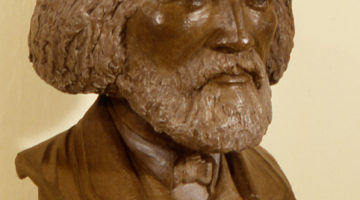
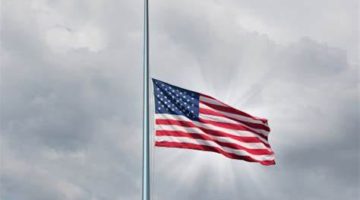

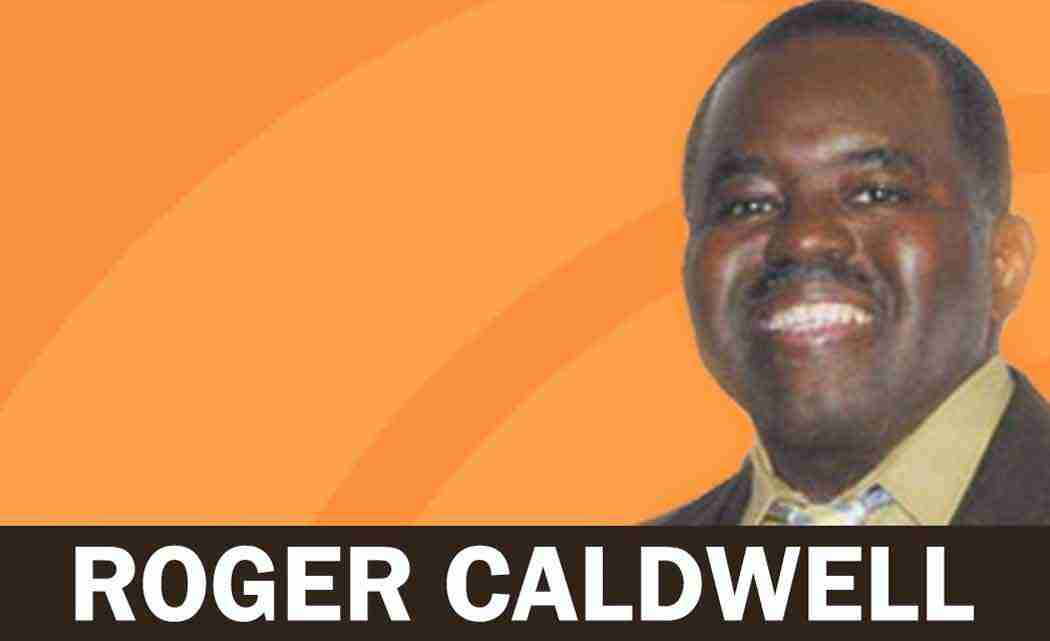
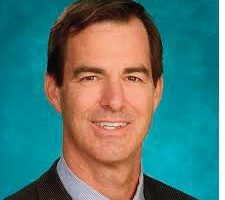
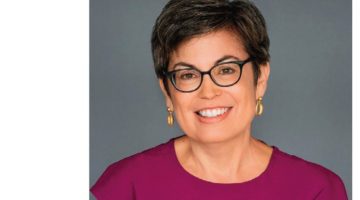
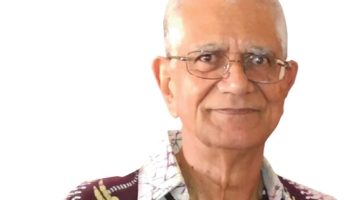
No Comment